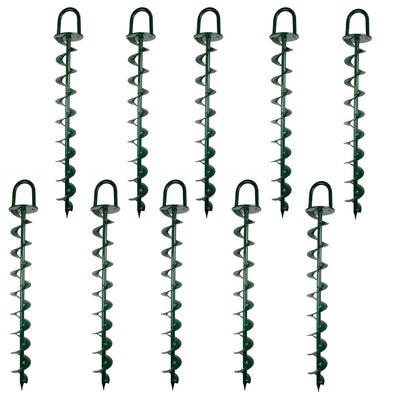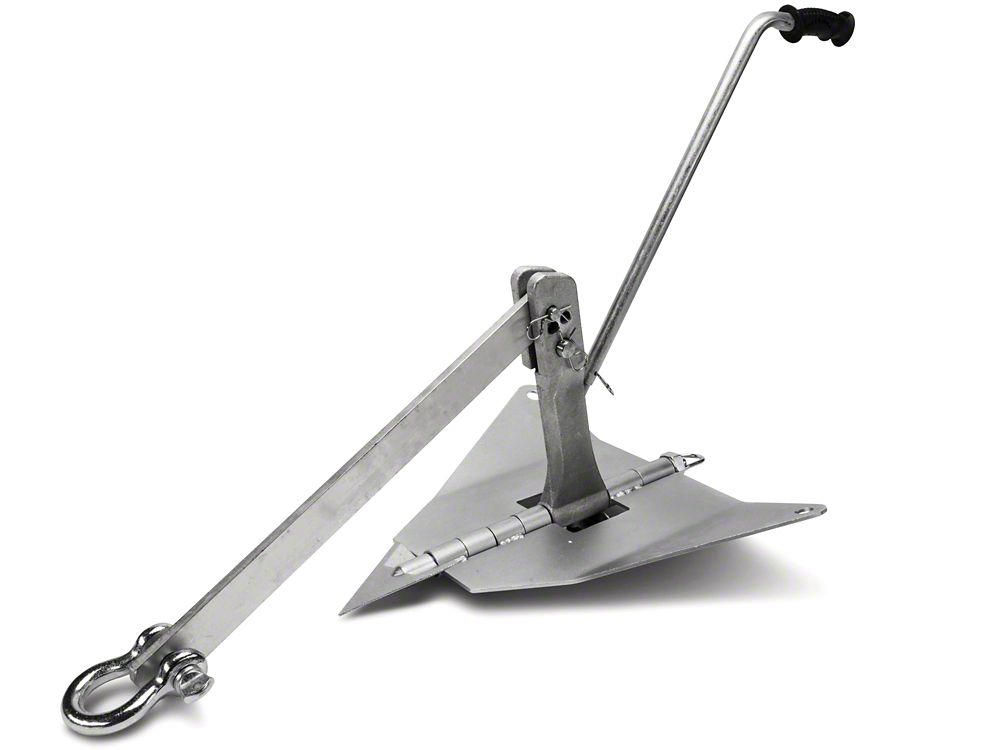The Importance of a Strong Ground Anchor Helps for Outdoor Equipment
The Importance of a Strong Ground Anchor Helps for Outdoor Equipment
Blog Article
Discover the Different Kinds Of Ground Support for Your Following Project
From auger supports, which excel in varied soil problems, to stake anchors developed for momentary setups, the options are various. In addition, concrete and screw anchors existing one-of-a-kind benefits in certain circumstances, while deadman supports are customized for applications calling for resistance to lateral forces.

Auger Anchors
Auger anchors are a popular selection in numerous building and landscape design tasks because of their unique layout and effective securing capabilities. These supports include a helical screw-like shaft that is driven right into the ground, permitting for a steady and secure hold. The spiral layout helps with easy installation and takes full advantage of resistance versus side forces, making auger anchors especially reliable in applications such as secure fencing, short-term frameworks, and disintegration control.
The installment procedure of auger anchors is fairly simple. They can be by hand or mechanically installed, depending on the dimension and required depth. This flexibility allows for their use in varied soil problems, from sandy to clayey terrains. Additionally, auger anchors can be quickly eliminated and reused, which includes to their cost-effectiveness and sustainability.
Among the significant benefits of auger anchors is their capability to distribute lots uniformly across the surrounding soil, lowering the risk of dirt disturbance and lessening environmental effect. Additionally, they are less vulnerable to heaving or loosening gradually contrasted to traditional securing approaches. Auger anchors are an outstanding selection for jobs calling for trusted and sturdy anchoring remedies.

Stake Anchors
When it pertains to securing structures in a range of exterior applications, risk anchors provide a reputable and uncomplicated remedy. These anchors are commonly built from long lasting products such as steel or light weight aluminum, created to stand up to environmental stresses while giving ideal security. Their simple layout enables fast installment, making them an excellent option for momentary or irreversible anchoring needs.
Stake supports are especially useful in safeguarding outdoors tents, covers, and other light-weight structures against wind and weather. They operate by being driven right into the ground at an angle, producing a strong hold that stands up to pull-out forces - Ground Anchor. The effectiveness of risk anchors relies on numerous elements, consisting of dirt type, dampness web content, and the angle of installation
For added safety and security, many risk anchors include add-on factors for straps or ropes, permitting for stress changes as required. In applications such as landscape design or construction, they can successfully support tools or structures on uneven surface. On the whole, risk supports supply a cost-efficient and flexible remedy for protecting numerous outdoor installments, making them a preferred option for specialists and DIY enthusiasts alike.
Concrete Anchors
Concrete supports offer a robust solution for safeguarding frameworks to concrete surfaces, ensuring stability and security in numerous applications. These anchors are crucial for tasks varying from household building and constructions to large commercial installations. They are available in different kinds, consisting of expansion supports, sticky anchors, and undercut anchors, each created for certain tons requirements and ecological problems.
Sticky anchors make use of high-strength epoxy or resin to bond the support to the concrete, supplying remarkable load-bearing capacities, specifically in cracked concrete scenarios. Undercut supports create an unique shape within the concrete, offering phenomenal holding power, specifically in applications where tensile lots are prevalent.
Picking the suitable concrete support involves considering aspects such as the weight look at more info of the load, the problem of the concrete, and ecological conditions. Proper setup strategies are vital to make certain optimum performance and dependability. When implemented correctly, concrete supports significantly improve the architectural honesty of different jobs, making them hop over to here essential in contemporary construction methods. Comprehending the particular demands of your project will certainly help in selecting the appropriate sort of concrete support for the task.
Screw Anchors

Screw anchors are a flexible attaching solution that can be efficiently employed in a selection of applications where traditional concrete anchors might not be sufficient. These supports include a helical layout that enables them to be easily driven right into the ground, making them perfect for use in soil and various other substrates. Their special framework gives outstanding holding power and resistance to pull-out pressures, making them appropriate for numerous projects, from landscaping to architectural support.
One of the primary advantages of screw supports is their ease of installation. They need marginal tools and can typically be set up without the demand for excavation, which saves both time and labor costs. Additionally, screw supports can be removed and recycled, supplying a lasting option for short-term applications.
Screw anchors are specifically valuable in areas where soil problems are testing, such as sandy or loose dirts. Their capability to be mounted at varying midsts enables personalization based on specific task needs. Generally, screw anchors offer a effective and trusted anchoring approach, making them an outstanding choice for contractors and engineers looking for efficient options for their jobs.
Deadman Anchors
Deadman anchors function as a robust solution for maintaining frameworks in difficult conditions, especially where traditional securing techniques may fail. These supports contain big, heavy things hidden underground, which produce resistance versus lateral pressures. The style usually entails a horizontal part, such as a block of concrete or a metal plate, buried in the soil, to which straps or cords are connected.
The efficiency of deadman anchors lies in their ability to disperse loads over a bigger location, lowering the danger website link of failure in unstable dirt conditions. They are specifically valuable in applications such as maintaining walls, short-term frameworks, and slope stablizing, where soil activity can jeopardize the stability of the framework.
Setup of deadman anchors calls for cautious planning to ensure they are placed at the proper deepness and positioning, optimizing their load-bearing ability. While they may call for even more labor and material than light-weight supports, their integrity in adverse conditions makes them indispensable for long-term projects. Deadman supports are flexible and can be adjusted to numerous applications, making them a best choice for designers facing one-of-a-kind obstacles in their tasks.
Final Thought
In summary, selecting the proper kind of ground support is vital for guaranteeing security and safety and security in different jobs. Auger anchors master diverse dirt problems, while risk supports match momentary applications. For concrete surfaces, expansion and sticky supports provide dependable choices, and screw supports provide adaptability in tough terrains. Deadman supports are especially reliable in standing up to side pressures for maintaining wall surfaces. Mindful factor to consider of these options will improve task outcomes and architectural stability.
In addition, concrete and screw supports present special benefits in specific circumstances, while deadman anchors are customized for applications requiring resistance to side pressures - Ground Anchor.Auger anchors are a popular option in numerous building and construction and landscape design projects due to their unique layout and reliable securing capabilities. They come in various types, including expansion supports, sticky anchors, and undercut supports, each made for particular lots demands and environmental conditions
Adhesive anchors utilize high-strength epoxy or material to bond the anchor to the concrete, offering premium load-bearing capacities, specifically in split concrete circumstances. In general, screw supports give a dependable and efficient anchoring approach, making them a superb selection for designers and specialists looking for reliable remedies for their jobs.
Report this page